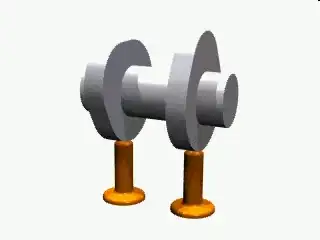I am not a mathematician so be gentle with me but what kind of math equations (or what field of mathematics) would be needed for the following:
I have designs for an old-style mechanical device I am creating with a complex set of cams -- a total of 62 of them! and I am trying to figure out how to predict how frequently the cams will all synch simultaneously to their starting position (i.e.: how often the overall complex pattern will repeat).
Each cam has its own unique rotation speed (generally the larger diameter ones are slower to complete one full rotation) but that speed is 100% reliable as all of the cam shafts are fed by a single MAIN drive shaft that is then geared to the various cam shafts. Essentially each cam rotates at a percentage of the MAIN shaft's rotation speed. That percentage can be over or under 100% of MAIN.
Each cam has a "starting position" or "zero point" and when the device is first activated each cam is reset to zero point.
Each cam is built as a simple circle with a different/unique radius (there "cam" effect is caused by a wavy groove on the side of each cam that transmits a pattern to an embedded armature).
So what is the required math to take these various cams's data and predict how long (i.e.: how many rotations of the MAIN drive shaft -- one full rotation = one heartbeat if you will) it will take for all of the cams to return simultaneously to zero point? For simplicity's sake lets talk about the math for only a few (3? 4?) cams (I assume this math can be expanded later to address 62 cams or more).
